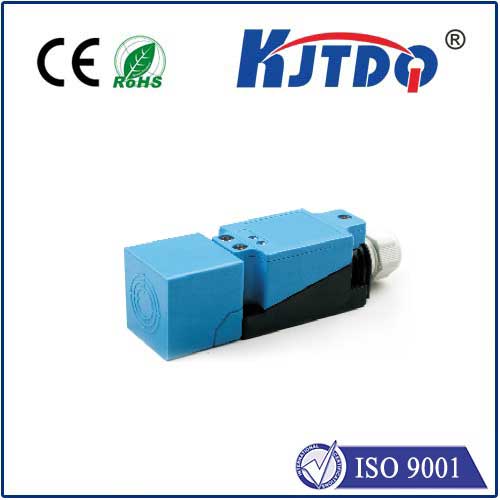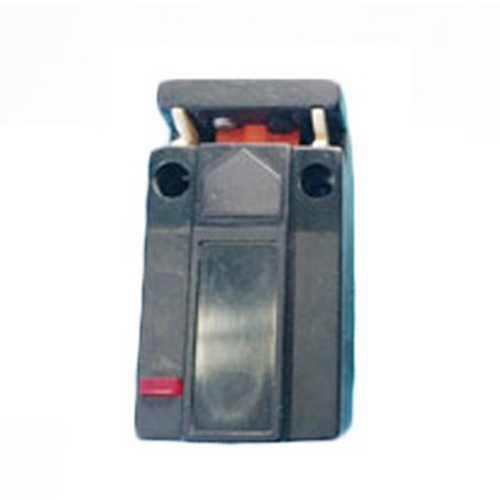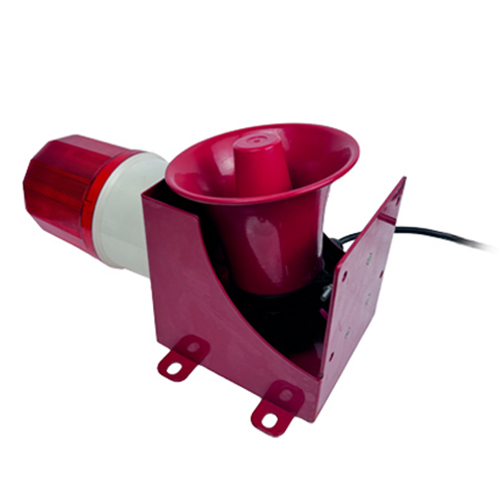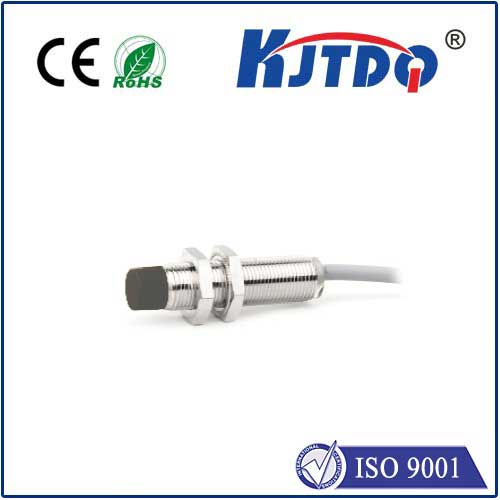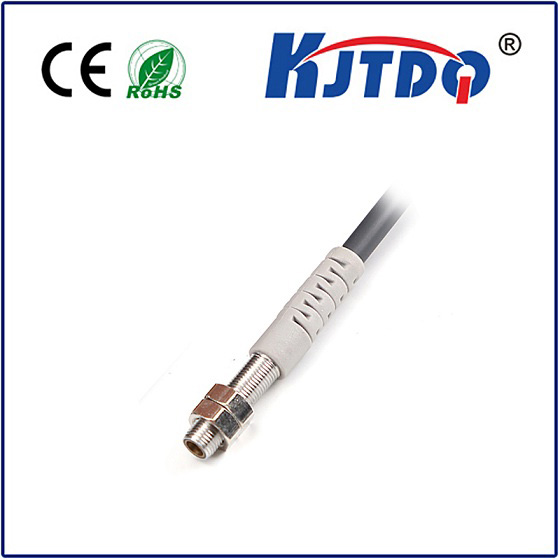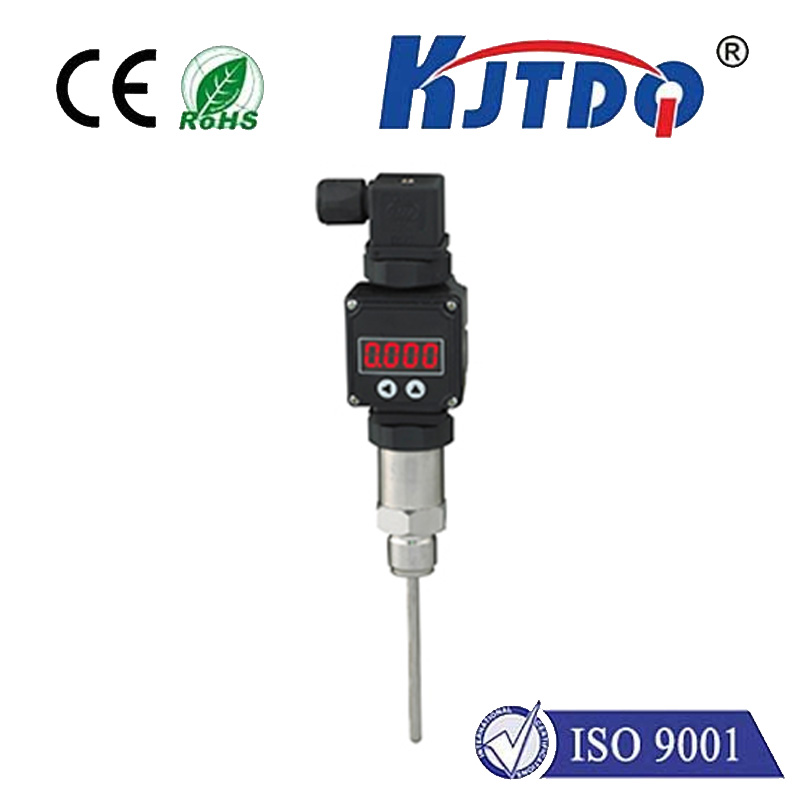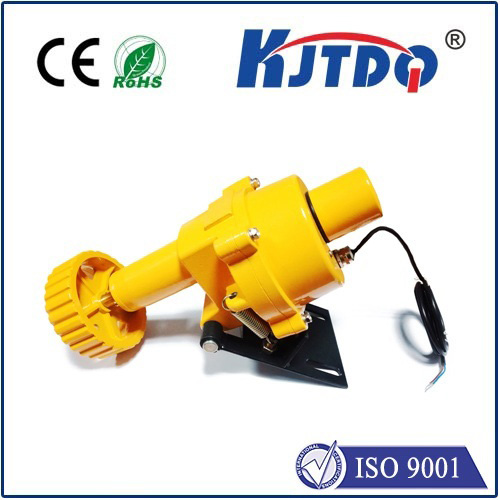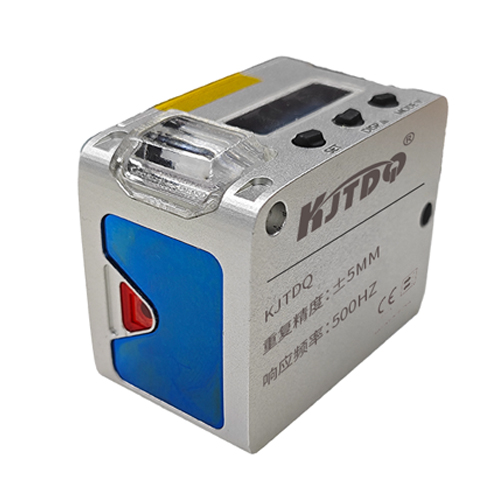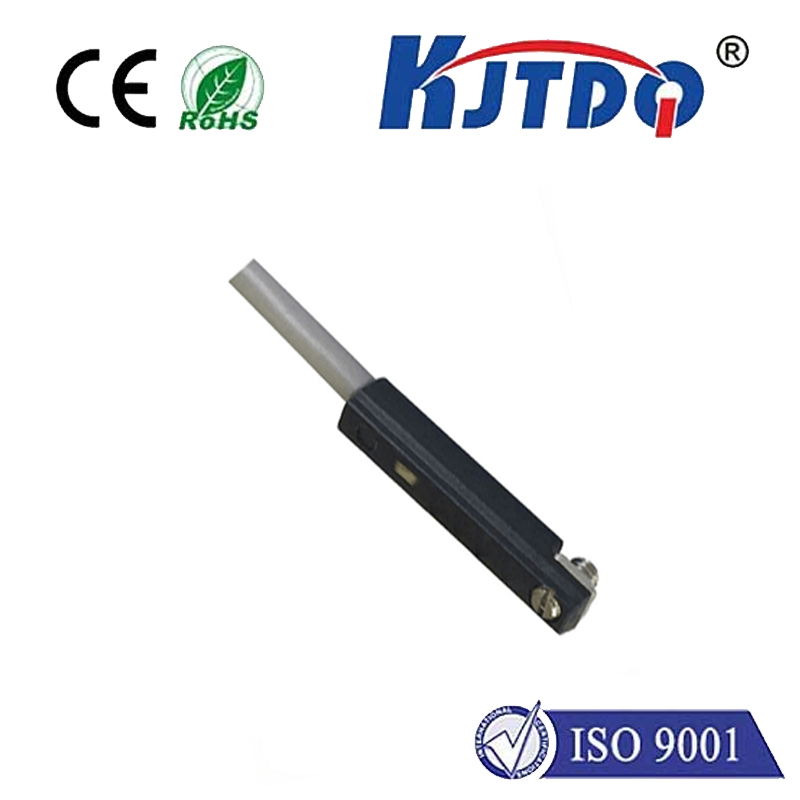KAP10D pressure sensor
- time:2025-09-23 03:21:09
- Click:0
KAP10D Pressure Sensor: Engineered Precision for Demanding Environments
Imagine a critical manufacturing process grinding to a halt, an automotive safety system failing, or a medical device delivering inaccurate readings—all potentially due to unreliable pressure measurement. In countless industrial and technological applications, precise and dependable pressure sensing isn’t just beneficial; it’s fundamental. This is where specialized sensors like the KAP10D pressure sensor step into the spotlight, offering a robust solution designed for performance where it matters most.
Understanding the Core: What is the KAP10D Pressure Sensor?
At its essence, the KAP10D pressure sensor is a sophisticated transducer engineered to detect pressure variations within a fluid or gas and convert them into a precise, usable electrical signal. Unlike generic components, the KAP10D designation typically signifies a specific design philosophy focused on robustness, accuracy, and versatility. Often featuring a stainless steel housing and sensing element, it’s built to withstand challenging environments involving moisture, vibration, and potentially corrosive media. Common configurations include sensors rated for ranges like 0-10 bar (or equivalent PSI/kPa) and outputs such as a ratiometric analog voltage signal (e.g., 0.5V - 4.5V) over a specified supply voltage (commonly 5V).
Technical Excellence: Key Features & Advantages

The KAP10D pressure transducer distinguishes itself through a combination of critical features:
- Exceptional Accuracy & Stability: Designed for precision, many KAP10D sensors boast impressive specifications like <±0.5% FS (Full Scale) accuracy and minimal long-term drift. This ensures reliable data over extended operational periods, crucial for process control and quality assurance.
- Robust Construction for Harsh Settings: The hallmark stainless steel construction provides superior resistance to environmental factors. This makes the KAP10D pressure sensor particularly well-suited for:
- Automotive applications: Engine compartments (oil pressure, boost pressure), brake systems, fuel systems, suspension monitoring—all environments demanding resilience against fluids, heat, and shock.
- Industrial automation: Hydraulic and pneumatic systems, pump monitoring, compressor control, process lines involving liquids or gases, where exposure to chemicals or particulates is common.
- HVAC/R systems: Measuring refrigerant pressure, gas line pressure, and water pressure in systems susceptible to condensation and vibration.
- Wide Media Compatibility: The integrated stainless steel diaphragm and carefully selected sealing materials (like EPDM or Viton O-rings) enable the KAP10D to reliably measure a broad range of compatible gases and non-aggressive liquids.
- Temperature Compensation: Sophisticated designs incorporate effective temperature compensation circuits. This minimizes the impact of ambient or media temperature fluctuations on the output signal, ensuring consistent accuracy across the sensor’s specified operating range.
- Compact Design & Versatile Connections: Despite its ruggedness, the KAP10D pressure transducer often features a compact form factor, enabling installation in space-constrained locations. Standard electrical and process connection options (like automotive-grade connectors or M12x1.5 ports) enhance integration flexibility.
- Overpressure Protection: Built-in safeguards typically allow the sensor to withstand pressures significantly exceeding its nominal range (e.g., 2x or 3x Full Scale), protecting against damaging pressure spikes common in dynamic systems.
Where Precision Meets Application: Key Uses
The combination of durability, accuracy, and reliability makes the KAP10D sensor a versatile choice across numerous sectors:
- Automotive Engineering: Integral to monitoring critical parameters:
- Turbocharger Boost Pressure: Precise measurement vital for engine management and performance tuning.
- Engine Oil Pressure: Essential for engine protection and diagnostics.
- Fuel Rail Pressure: Critical for efficient fuel injection and emissions control.
- Brake Fluid Pressure: Involved in advanced braking systems (ABS, ESC).
- Transmission/Hydraulic System Pressure: Monitoring clutch engagement or valve operation.
- Industrial Machinery & Automation:
- Hydraulic Power Units: Monitoring pump output and line pressure.
- Pneumatic Control Systems: Regulating air pressure for actuators and tools.
- Process Control: Ensuring consistent pressure levels in chemical processing, food & beverage lines, water treatment.
- Compressor Monitoring: Safeguarding against overpressure conditions.
- HVAC and Refrigeration Systems:
- Refrigerant Pressure Monitoring: Crucial for efficient cooling cycles and leak detection.
- Gas Burner Control: Ensuring safe and optimal combustion.
- Water Pressure Regulation: In boilers or chilled water systems.
- Medical & Laboratory Equipment: Found in devices requiring precise gas or fluid pressure control, such as analyzers, ventilators (though subject to specific medical approvals), and pneumatic control systems within equipment.
- Test & Measurement: Used on test benches for validating component performance under pressure.
Selecting and Implementing the KAP10D Sensor
When integrating a KAP10D digital pressure sensor (note: while often analog output, the term underscores its electronic nature), careful consideration is paramount:
- Pressure Range: Ensure the sensor’s rated range (e.g., 0-10 bar) comfortably exceeds the maximum expected operating pressure in your application, including potential surges.
- Media Compatibility: Confirm the sensor’s wetted materials (diaphragm, O-rings) are chemically compatible with the gas or liquid being measured. Consult datasheets meticulously.
- Electrical Specifications: Match the output signal (e.g., 0.5-4.5V ratiometric) to your control system’s input requirements. Ensure correct supply voltage (typically 5V ±10%) and current draw.
- Environmental Conditions: Verify the sensor’s operating temperature range covers the actual environment it will experience. Consider humidity, vibration levels, and potential ingress protection (IP rating) needs.
- Process Connection: Select the correct thread size and type (e.g., G 1⁄4, M12x1.5, NPT 1⁄4) to integrate seamlessly with existing plumbing or fixtures.
Proper installation is critical. Mount the sensor securely to minimize vibration effects. Ensure the pressure port is correctly oriented and connected using appropriate thread sealant or seals, avoiding over-tightening that can damage the case or diaphragm. Routing electrical cables away from high-voltage sources or motors helps prevent electrical noise interference.
The Value Proposition of the KAP10D: Beyond the Spec Sheet
Choosing a KAP10D pressure transducer represents an investment in operational integrity. Its robust stainless steel body delivers resilience where cheaper sensors falter. The inherent <±0.5% FS accuracy translates directly to tighter process control, reduced waste, improved product quality, and enhanced system safety. Long-term stability minimizes the need for frequent recalibration, lowering the total cost of ownership. Whether in the demanding environment under the hood of a high-performance vehicle, controlling precise robotic movements on a factory floor, or ensuring the safe operation of critical systems, the KAP10D pressure sensor provides the reliable, high-fidelity data that engineers and technicians depend on. It’s a component engineered not just to function, but to excel under pressure.






